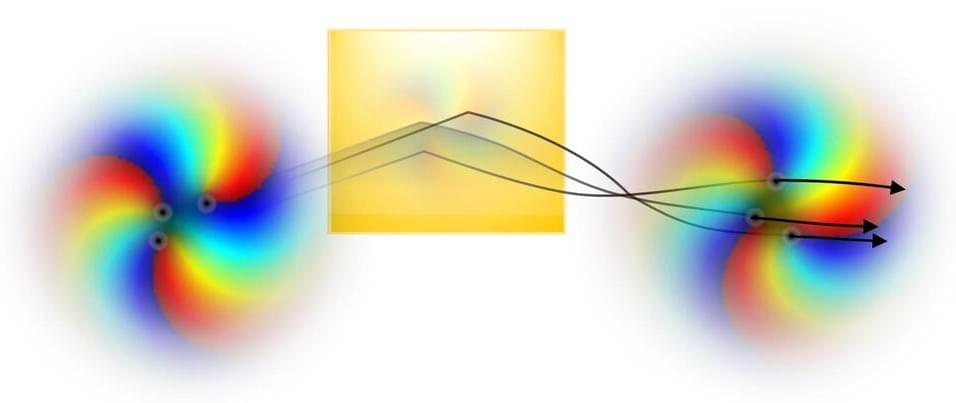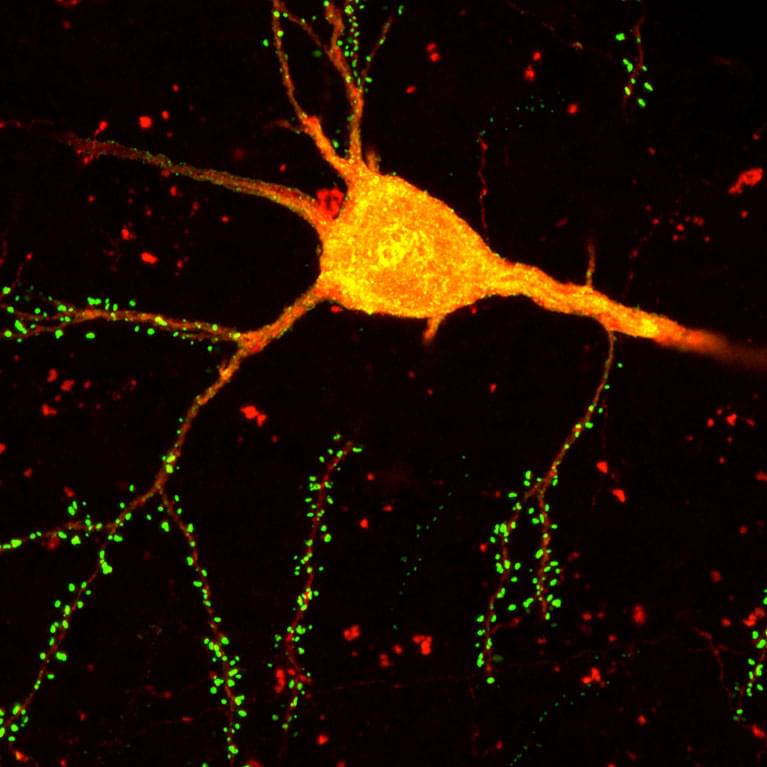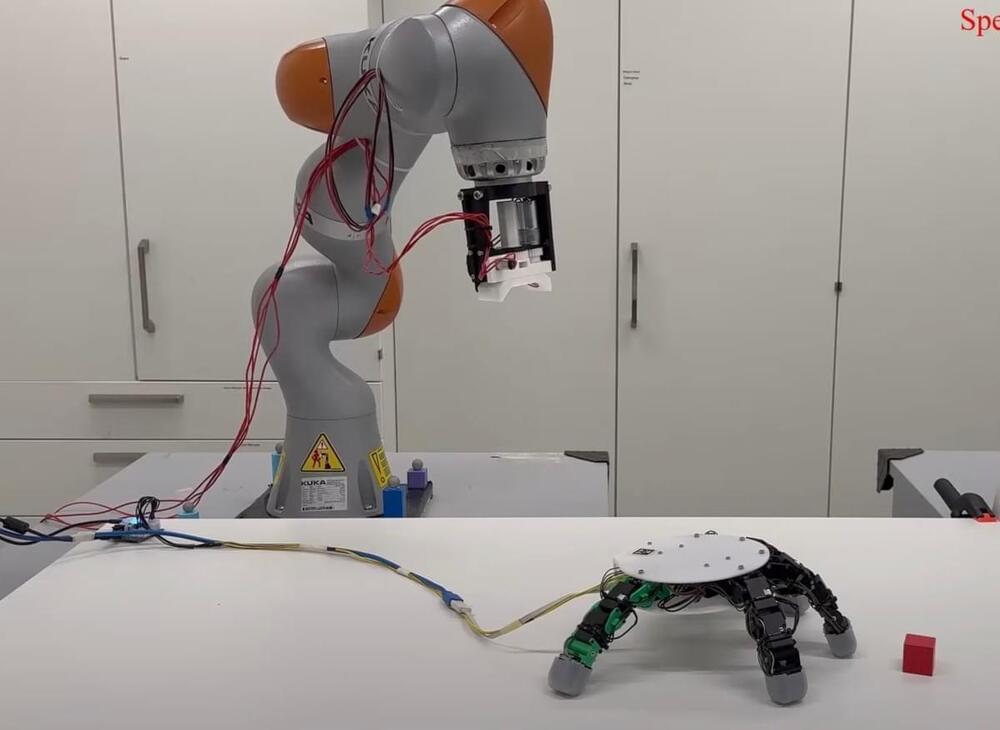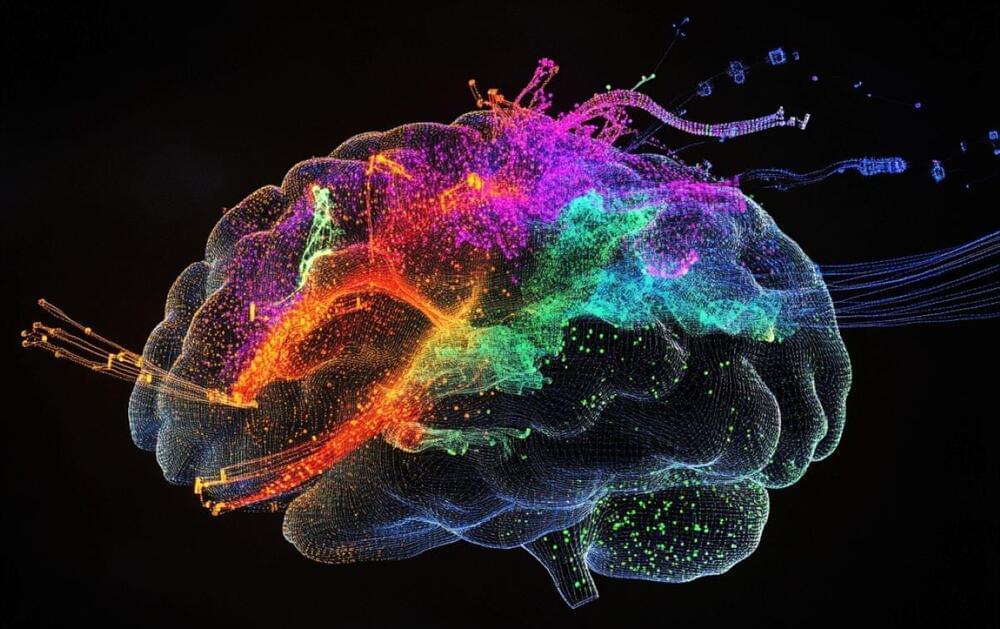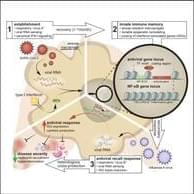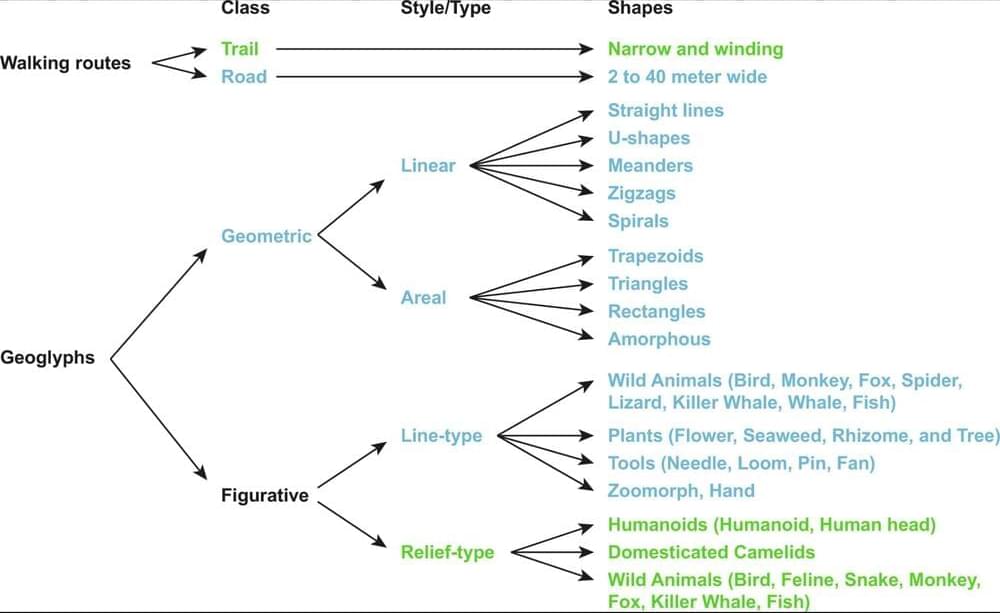Oct 1, 2024
Looking back at President Jimmy Carter’s science policy
Posted by Omuterema Akhahenda in categories: chemistry, education, energy, mathematics, physics, policy, science
As President, Jimmy Carter established several science-related initiatives and policies.
Carter also sought to promote scientific research and development in a number of areas. He increased funding for basic science research in fields such as physics and chemistry, and established the National Commission on Excellence in Education to promote improvements in science and math education in American schools.
Continue reading “Looking back at President Jimmy Carter’s science policy” »

